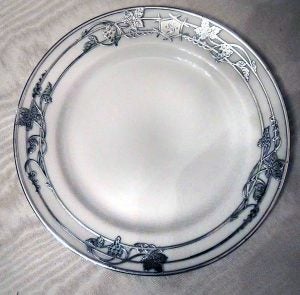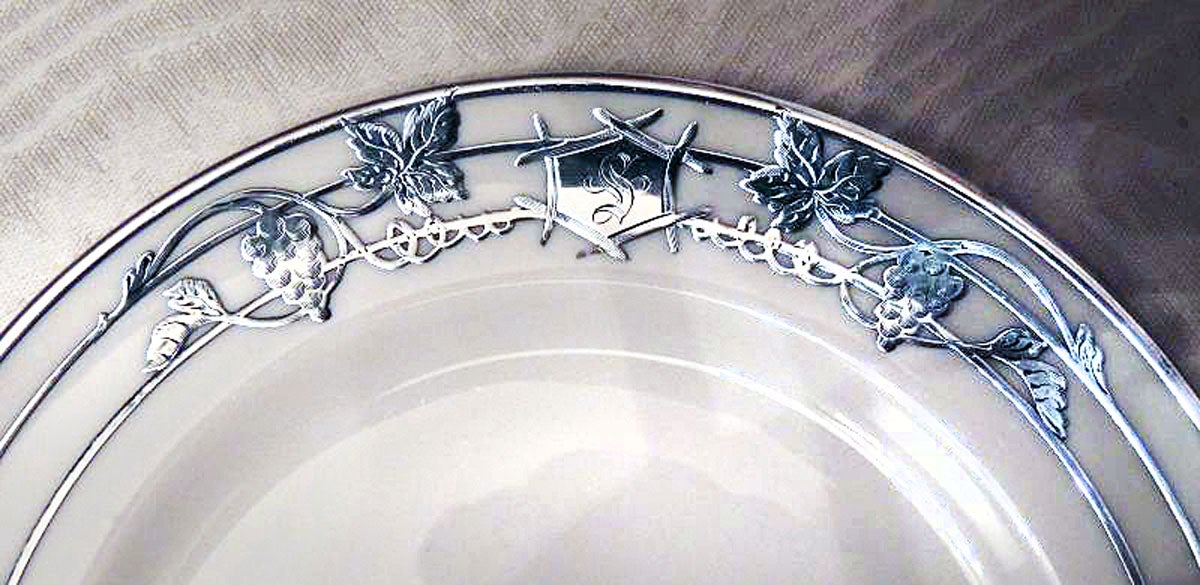What does $14,000 value on heirloom china really mean?
Published 6:17 am Saturday, September 1, 2018
By JERRY SAMPSON
Personal Effects
Question: Dear Jerry, I’m so glad that I found you when I moved to Kentucky. I’ve been here long enough to read your columns many times. I’ve seen you write that china and dinner services are difficult to move in today’s market. But what if you don’t want to sell?
A few years ago, I inherited from my Aunt Barbara a set of Lenox china.
This was my great grandmother’s wedding china. She married in 1910. It’s a treasure in my family. It’s a service for 14 with all the serving pieces, including salt dishes and finger bowls, and it has many, many extra place setting pieces. Every bride, by blood and marriage, has used this dinnerware at some time or another. Sometimes it’s for their wedding supper or breakfast, a first Easter or Thanksgiving supper or some other landmark occasion.
It has wooden boxes and padded felt bags that were custom made for it. It has literally been driven, never shipped, all over the country, only to be brought back to the eldest female in my family. Now that Aunt B is gone, that’s me.
Now, if china doesn’t sell for much, why does this have an appraisal from 2008 for over $14,000? The appraisal is very basic, but it does list all the pieces. I pay a yearly insurance premium on this amount too. This will go to my two daughters and we’re all girly girls, so I pray it stays with us for a long time to come.
Does white gold tarnish? Because it has to be polished from time to time. Thanks for all you do. I hope that you get to answer this email. Thank you.
Answer: What a great family tradition and an excellent question. Thank you for sharing the actual appraisal with me. It’s a basic but good appraisal. If you had read the fine print you would have discovered that this appraisal has an intended use of insurance coverage and its value is established in replacement value. Don’t worry, everyone skims over the small print.
There is a big difference in fair market value (FMV) and replacement value (RV). FMV are values that are from listings that have been sold at auction. This is what you use if you’re trying to sell an object, donate it to charity or settle an estate. RV are values that are from store, gallery or other retail venues. The top of the antiques food chain, so to speak. You use this when you want to have insurance coverage.
There are typically major variables in values.
I need to explain a few things. The trim is sterling silver, not white gold, and yes, it will tarnish and will need to be polished. One hundred percent of modern dinnerware is trimmed with platinum, which like gold does not tarnish. Your set of dinnerware, according to this mark, was made between 1906 and 1924. I don’t know if you know this or not, but your set is very likely to have been a custom ordered pattern. It could even be a one of a kind. This was common for the day.
When you are working on a report that is intended use to be for insurance coverage, there are other factors taken in or added on, not just what it sold for or is being offered in a store. Things that I would consider are buyer’s premiums, sales tax, you might have to pay someone to search for it, shipping and handling, die and casting fees, design fees and on and on. This is a service that you can’t just go to Macy’s and buy or even order today.
As an appraiser, for a truly rare or one of a kind object, I want you to have sufficient money to find or replicate what is closest to the item(s) that you’ve lost.
That might account for the $14,000 value. This type of silver work was incredibly labor intensive.
Honestly, I don’t think that it could even be done today for this amount of money. I think that your value is still pretty true. Review it in a couple more years. But this is a work of art and it won’t be easily replaced. Keep your insurance coverage current. Tis a small price to pay for its protection.
Thanks for a great question. I’m sure that many others have wondered the same thing.






